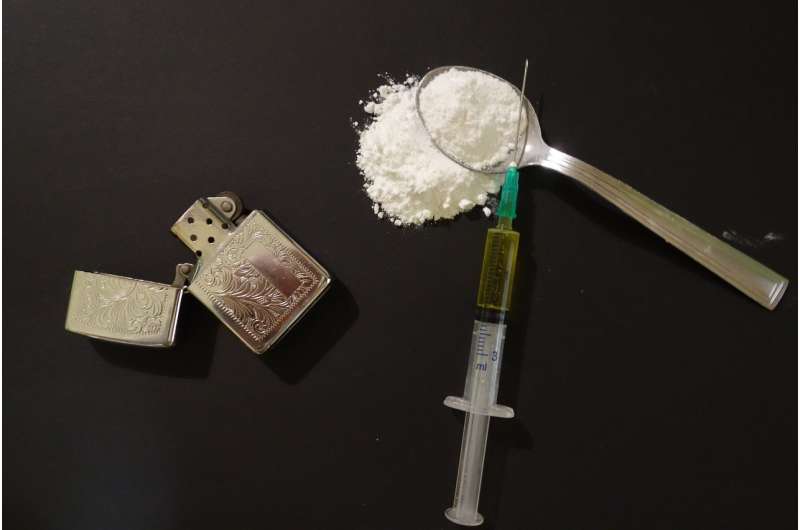Let's talk about Rx use: Recognizing and reversing an overdose

As addiction to opiates continues to be a major public health concern, it has become increasingly important to know how to respond to possible overdose situations. Knowing how to prevent and recognize the signs of an overdose, and how to respond to it, may save a life. Here's what you need to know.
Opioids and overdose risks
Opioids include any drug that is derived from opium, also called opiates. This includes most prescription pain medications, such as morphine, hydrocodone, oxycodone and OxyContin. Opiates also include illicit drugs such as heroin, fentanyl, and carfentanil. Overdoses from these types of medications and drugs can be fatal and difficult to predict.
Mixing any type of prescription medication with alcohol or other drugs drastically increases the likelihood of adverse effects. Depending on the medication used, mixing can lead to potential seizures, alcohol poisoning, heart problems, impaired breathing and an increased likelihood of an overdose and death.
Other risk factors include the quality of the medication (which may be unknown, even to the user), the user's personal tolerance and use patterns, the environment in which they are using and any underlying health problems that can slow the respiratory system.
Recognizing an overdose
If you think someone might be at risk of an overdose, look for these signs:
- Pinpoint (small) pupils
- Shallow or no breathing
- Blue or grayish lips/fingernails
- No response to stimulus (i.e. being pinched)
- Gurgling/heavy wheezing or snoring sound
If any of these signs are present:
- Ask if the person is alright and look for a response
- Make a fist, and use your knuckles to apply downward pressure to their sternum; this is a test to see if they respond to the pain stimulus
If they do not respond:
- Call 911
- Administer naloxone if available (described below)
- Start CPR
Reversing an overdose
Naloxone, or Narcan, is a drug that can reverse the effects of an opioid overdose by helping a person start breathing again. Naloxone does not cause harm when used on a person that is not experiencing an overdose, so if when in doubt, use it. Naloxone is available at select pharmacies and can be purchased by anyone without a prescription.
Naloxone only works for 30 to 90 minutes, so it is important to call 911 before administering it, as the person can go back into an overdose even after the Naloxone is administered. They will also need immediate medical attention when the Naloxone wears off.



















